Ajvar, The Red Caviar
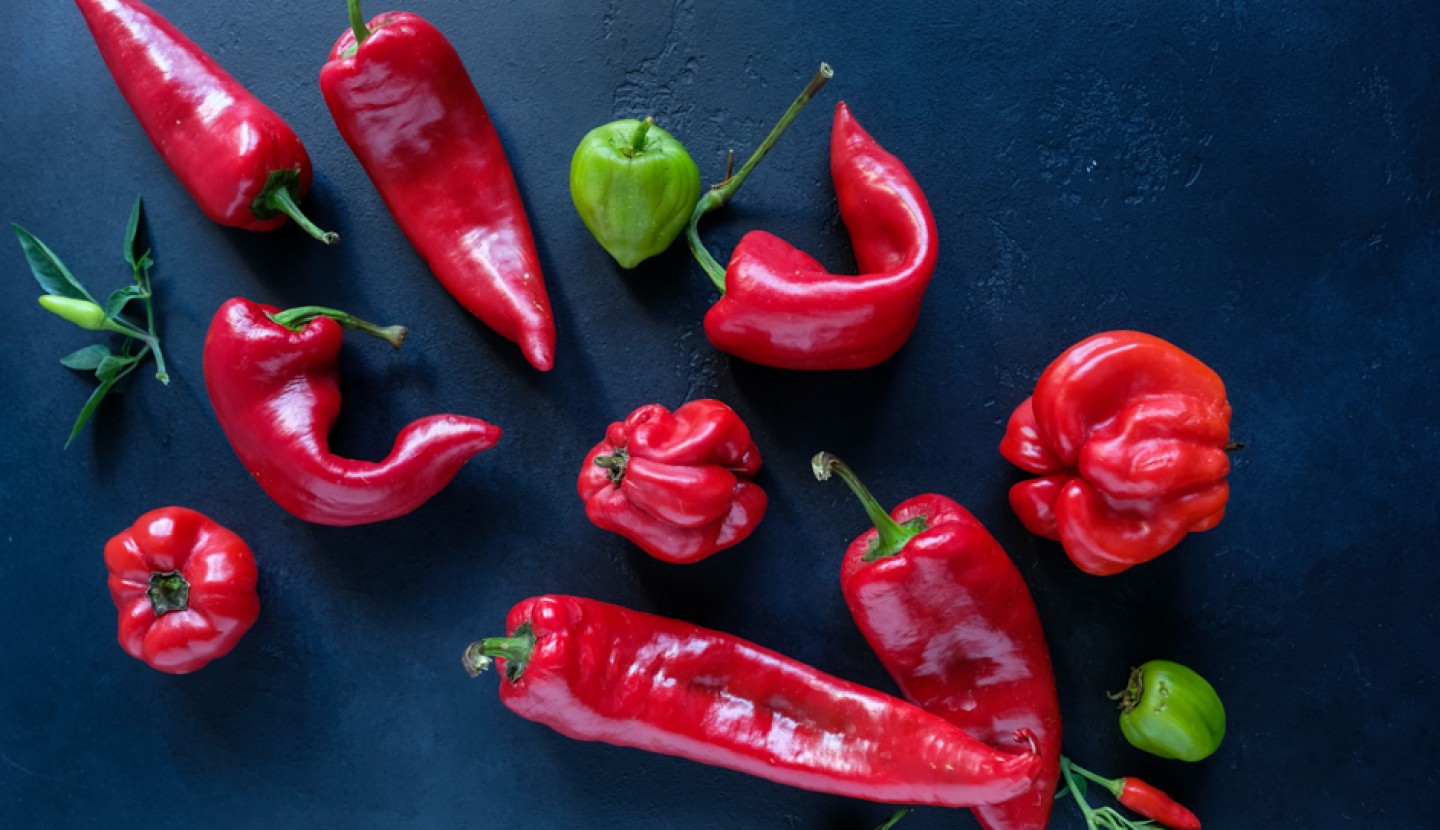

Every end of the summer, at the beginning of September there is a culinary orgasm in our kitchen! It is the time that many summer vegetables and fruits that we have planted are ready to be consumed. It is also the period that many of them are going to be cooked and stored for the winter.



To be honest, for many years I have systematically avoided using and cooking canned products. I had this strong thought that it was better to eat the vegetables in season, fresh. Perhaps even the existence of the word canned could be self-repelling.




It looks that as I grow older, memories and tastes from my childhood are awakening. I started to produce in my thoughts and in practice some of those flavors, faithfully following my mother’s recipes. I discovered that the recipes that I cooked did not contain any preservatives at all as I was convinced and that they were perfectly fit for a healthy diet. That was not the only thing. These jars keep all the aroma of the summer alive along with the most precious ingredients which we need through the heavy winter months when access to fresh vegetables is limited!
One of those “must do” recipes is Ajvar, a delicious sauce made of red peppers. It is our very favorite and the one I make the most. Not only ours but our friends also judging from the jars which just disappear! Ajvar is a trademark for the Serbian cuisine. Its name comes from the Turkish word “ havyar” which means caviar. Serbs claim its origin by calling it “Serbian caviar”. It's also called a salad (something like spread), and it could be eaten in many ways and combined with many foods. The most beloved and known is the one as a starter, with bruschetta and kajmak ( traditional dairy, something between cheese and butter).
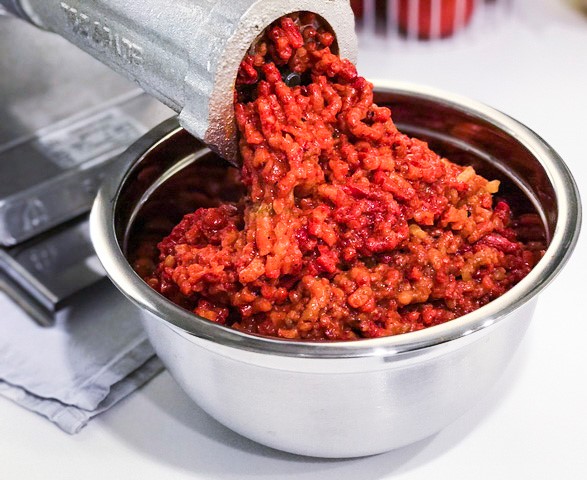
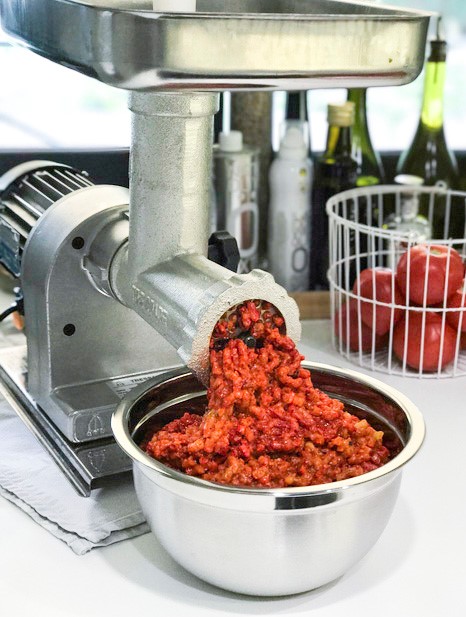

There are several variants of the recipe the most famous being the one called Pindjur (our favorite), a combination of red peppers and eggplant. Of course, there is always a possibility of adding some hot pepper, depending on the intensity that we want to give.

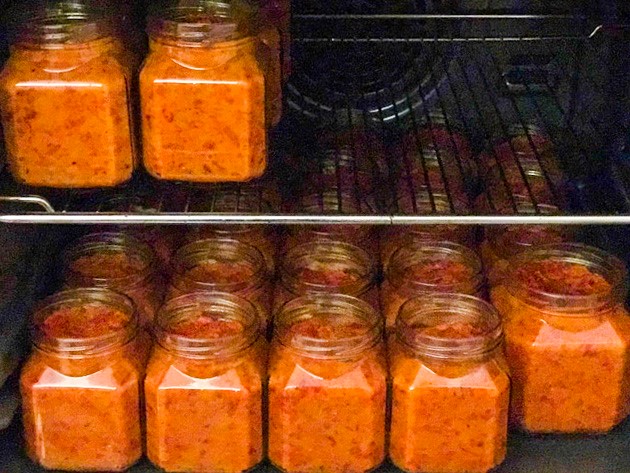

As a process, I would say it is quite a time consuming and a bit of a hassle but I think it is worth it!! Especially if you have your own vegetables or from an organic farm.
In our kitchen Ajvar is usually served as a starter on bruschetta with goat cheese or kajmak. If you want something lighter, it also fits well with cottage cheese. It’s an excellent side dish for grilled meat, fish, stuffed potatoes and many other dishes.


For those of you who decide to do it, I wish you the best! In any case, just remember you can always find it in many good food stores.
Ingredients
10kg red peppers
500ml olive oil
5 cloves of garlic
3-4 tbsp strong vinegar
2-6 hot peppers (optional)
3kg eggplant ( for the Pindjur)
salt
Method
1. The previous day: Wash the peppers and bake them on the grill. Peel and clean them completely, removing all seeds. Place them in a strainer for the night to drain.
2. The next day: Prepare the olive oil by placing the garlic inside. Let stand for a few hours until the oil absorbs the garlic flavor. Pass the peppers (and the eggplant if you want to make the Pindjur) through the mincing machine. Cook the pulp with the olive oil, from which you have removed the garlic. Mix often to avoid sticking. Add salt and at the end 2-4 spoons of strong vinegar. The sauce is ready when all of its moisture evaporates (when stirring it we can see the bottom of the saucepan).
3. Earlier we have washed and placed the jars into the oven at 100 degrees for 30 minutes. Once they are ready, fill the jars with the warm sauce and leave them open, in the oven, until they completely cool off and catch a thin crust. Then you can close and store the jars.

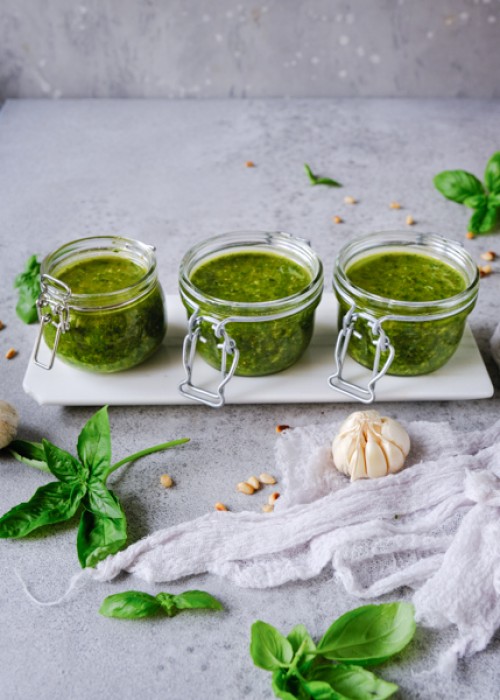

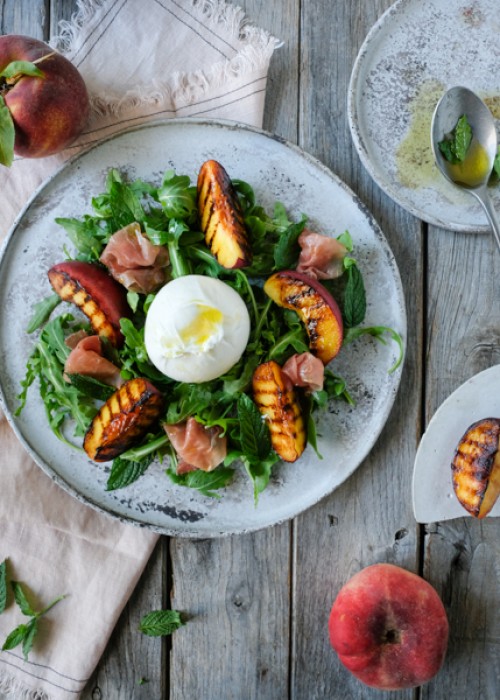
Comments